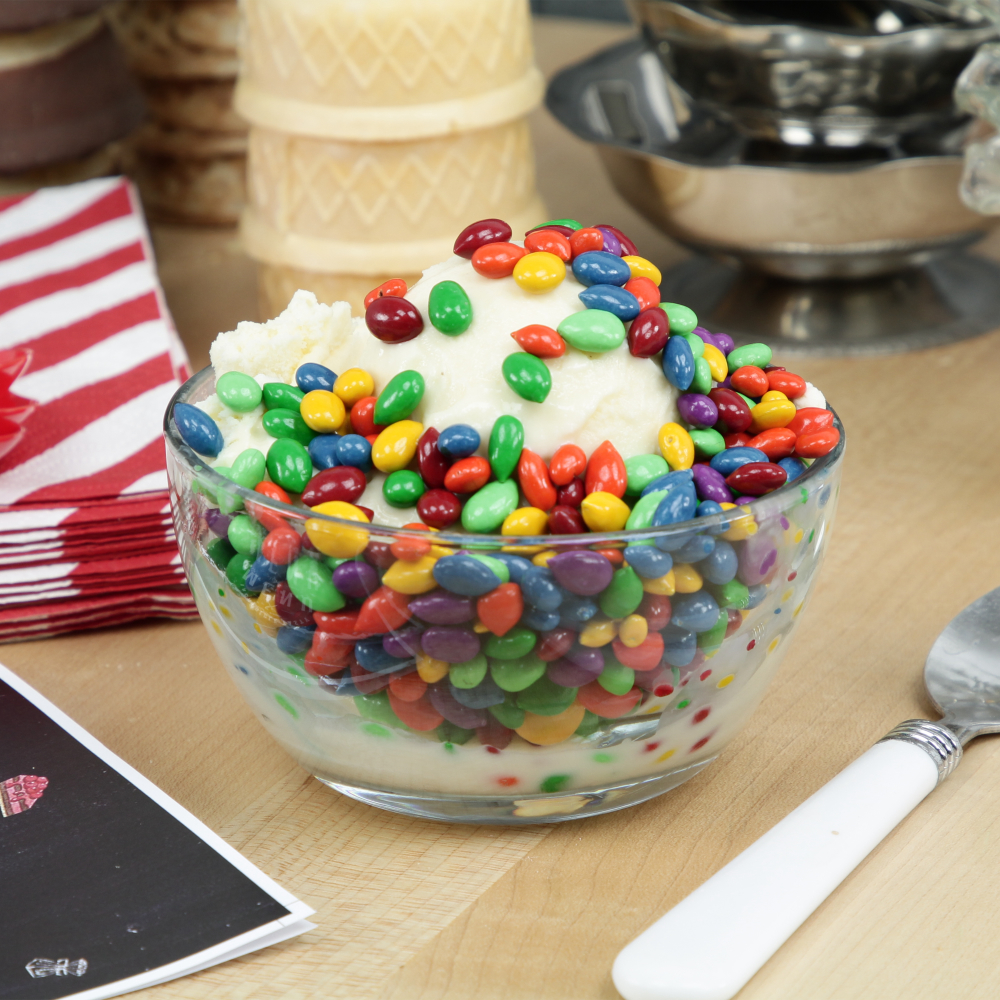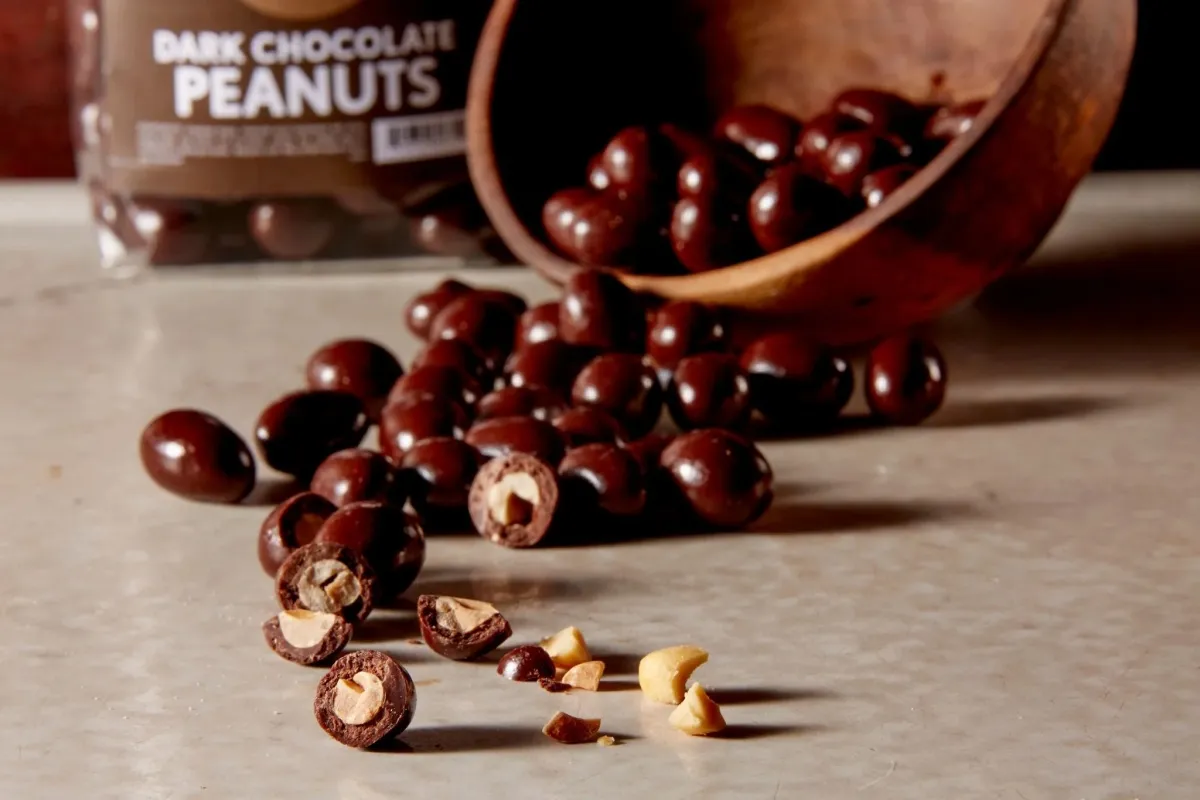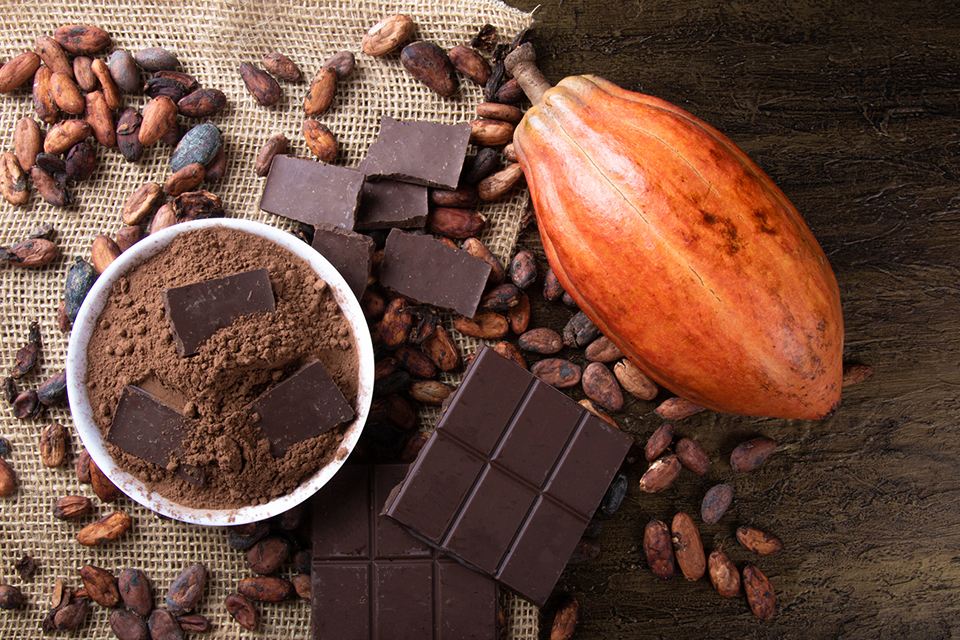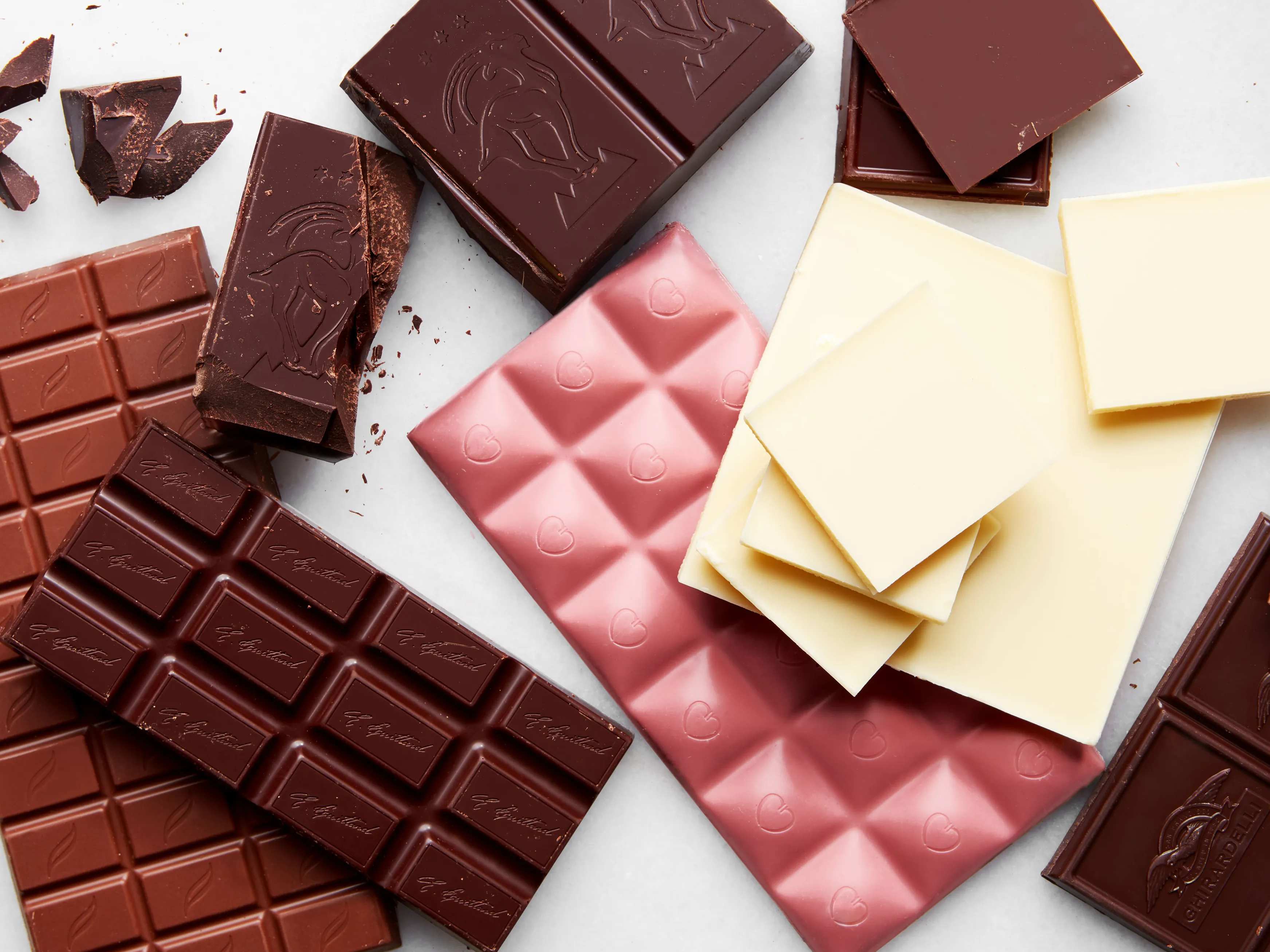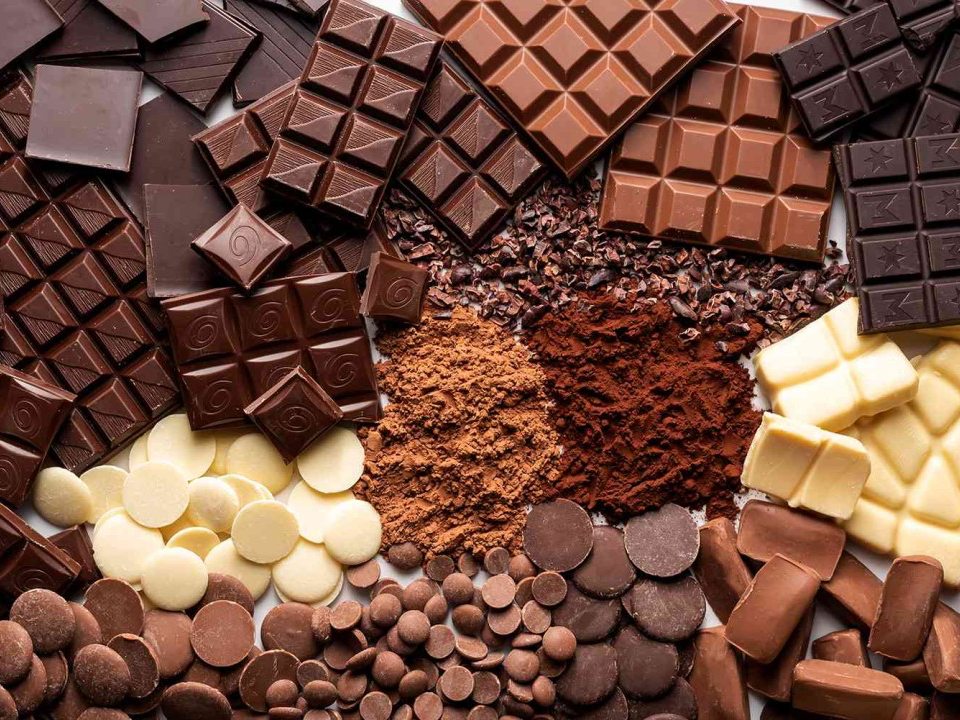The snack industry is changing significantly with emerging snack industry trends. From healthier recipes to innovative flavors and convenient packaging, the latest snacking trends reflect new consumer tastes and evolving behaviors. Lucky Fruit‘s blog will provide an overview of these changing snack industry trends.
Snack Market Trends
According to a report by Mordor Intelligence, the snack market is expected to grow significantly. Its size is expected to increase from $256.26 billion in 2023 to $559.26 billion in 2028. This implies a compound annual growth rate (CAGR) of 16.89% during the forecast period 2023-2028.
Global Snack Industry & Market Drivers
Convenience First
Another growing trend in the snack industry is convenience. Snack food is now a popular meal replacement, and changing lifestyles have impacted per capita snacking levels as consumers opt for foods that are quick to consume on the go. Longer workdays and busier lifestyles have led consumers to shift away from expensive lunches and meals to desk snacks and packaged foods, increasing snack sales.
Consumers prefer foods that are easy to carry and quick to consume, making snacking a top choice. Value-for-money snack packaging allows consumers to purchase large quantities of their favorite snacks. Single-serve snacks are also becoming more popular. Consumers seek portion-controlled snack options to meet their nutritional needs when snacking. Consumers want delicious, healthy, and sustainable snacks for their busy lifestyles.
Healthy Snacks
Better For You (BFY) snacks are a growing trend in the snack industry, according to Innova Market Insights. Consumers want healthier snacks! 39% of snack consumers say they would buy more if healthier snacks were available.
Consumers want adult packaged snacks to meet nutritional needs, but also want additional functionality, such as improved gut health, sleep quality, and immunity. Manufacturers have introduced nutritious, portable snacks to meet consumer demand for healthier options. Functional snacks are becoming more important as people seek proper nutrition while replacing meals with snacks.
For example, Lucky Fruit adds lactic acid bacteria, vitamins, and other ingredients to the outer chocolate coating on the basis of traditional chocolate coated snacks to provide customers with healthy snack options. Snack manufacturers need to pay attention to consumer preferences and make adjustments to their snack production lines.
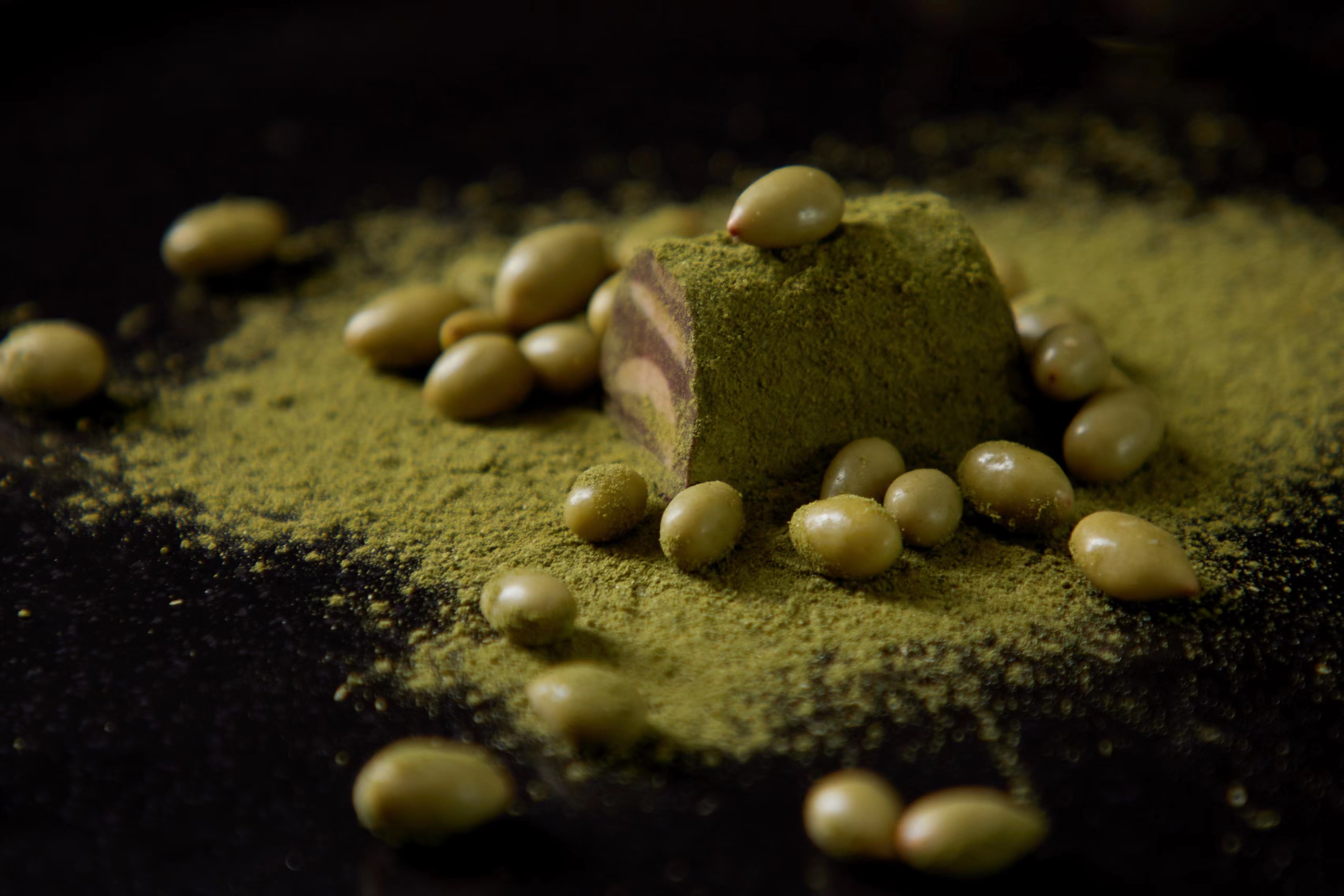
Global Flavors
Localization is one of the latest snack industry trends, driving growth in regional markets with bold flavors and exotic ingredients to attract customers who want new experiences. The use of social media and influencers has also influenced how consumers think about snacks. Many are looking to create a “foodie” experience by exploring new international flavors such as Korean BBQ and Thai chili.
According to David Walsh, vice president of membership and communications for SNAC International, global flavors are on the rise in snacks, especially those from Asia, the Middle East, and Latin America.
Spicy flavors are also a growing trend in the snack industry. Sweet flavors such as berry, cinnamon, and chocolate nut have gained ground. Sour snacks are gaining popularity, with lime and tamarind varieties being the most popular. Snack manufacturers are keen on spicy snacks. In the first half of 2023, there was a growing interest in spicy foods, with Nashville Spicy, Spicy, Spicy Margarita, and Mango Habanero Spicy flavors all-seeing triple-digit growth.
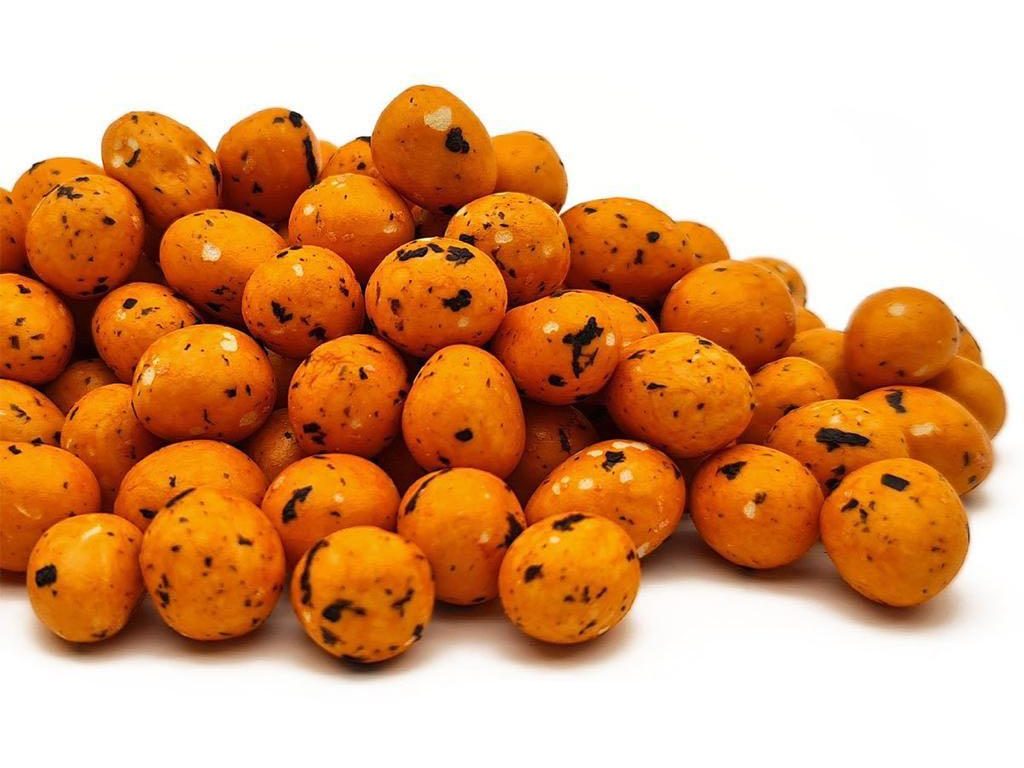
Digital Influence: E-commerce Snacks Market
The rise of e-commerce has played a key role in the growth of the snacks market. Online platforms allow people to conveniently explore and purchase a wide range of snacks without leaving their homes. This accessibility is a significant driver of the market, as evidenced by the 855% e-commerce sales growth in the snacks category in the UAE in 2022.
Meal Value Addition
Social media has also created a new snacking industry trend, which is incorporating snacks into meals and meal preparation. The idea is to incorporate the taste of snacks into simple meals to enhance the overall eating experience.
The evolution of consumer behavior patterns has positioned snacks as viable meal replacements. This shift is not just about convenience; it reflects a wider change in the way food is consumed. Modern consumers demand snacks that are not only delicious, but also nutritious and sustainable. According to the International Food Information Council, 31% of consumers in the United States reported snacking once a day by May 2023. This trend highlights the growing preference for snacks that combine freshness, health benefits and functionality.
Snacking Foodies
Frito Lay’s Snacking Index revealed that millennials (83%) and Gen Z (82%), who are primarily urban, self-proclaimed “snackers.” They are highly resourceful, with 55% saying their favorite snack combinations are based on what they have in their pantry. However, 32% rely on social media for new snack ideas. They also said that 80% of participants agreed that food pairing is an art, while 65% proudly enjoy unusual snack combinations.
Cultural Fusion of Snacking
Snacks have become part of modern culture. Snacking while engaging in various activities is a common practice, from working to enjoying entertaining at home. A notable example is a report by Godrej Yummiez, which revealed that in India, 45% of consumers prefer to snack during parties and celebrations as of November 2022. This cultural fusion of snacking marks its transformation from a mere dietary choice to a part of social custom.

The Future of Snack Market
Snacks are here to stay – 75% of consumers always have room in their budget for snacks. Consumers snack for a variety of reasons – to unwind, replace a meal with a bite, or enjoy functional benefits on the go. While “healthy” has not traditionally been associated with snacking, this new trend presents an opportunity for brands to grow in an already mature category.
Companies that create or acquire healthy brands will have an immediate advantage in the global market, but the biggest winners will be those that take advantage of emerging opportunities to gain purchases from the current top sales strategies – by entering new, less saturated markets and developing new strategies to attract digital impulse purchases.
B2B Collaboration: The Catalyst for Snack Industry Innovation
In the snack industry, B2B collaboration has proven to be a critical element in fostering innovation. By forming strategic partnerships, companies can leverage complementary strengths and resources to drive innovation across the supply chain. Shared insights and technologies can develop cutting-edge products and improve efficiencies in manufacturing and distribution processes. Collaboration allows for faster adaptation to market trends and consumer preferences, which is critical in an industry as fast-moving as snacking.
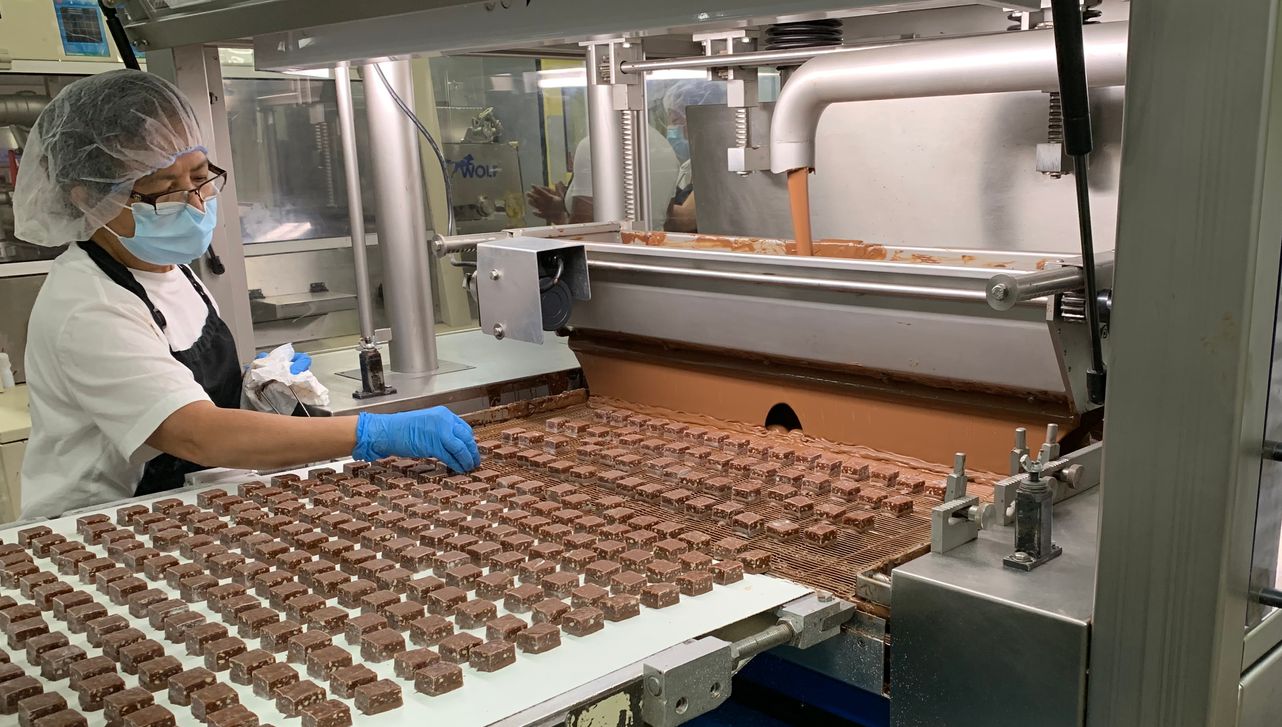
The snack industry’s journey through 2024 and beyond will be marked by a paradigm shift toward embracing innovation, adaptability, and a consumer-centric approach. Companies that understand and respond to these changing dynamics will not only survive in this competitive environment, but thrive. As a leader in facilitating B2B collaboration in the CPG space, Lucky Fruit is at the forefront of these shifts, building connections that drive innovation and meet evolving consumer expectations.
Lucky Fruit has more than 30 years of manufacturing experience in the snack industry, providing chocolate snacks and nut snacks to partners around the world, and has received high praise and praise. We embrace the changes in the world snack market and continue to innovate. If you are looking for a professional snack manufacturing partner, please do not hesitate to contact Lucky Fruit.
The future of the snack industry is a mix of convenience, healthy options, and innovative products that cater to different tastes and lifestyles. As we witness these trends unfold, the question arises: how will these changing preferences shape the future of the snacking industry, and what new innovations will we see in the coming years? Let’s wait and see.




